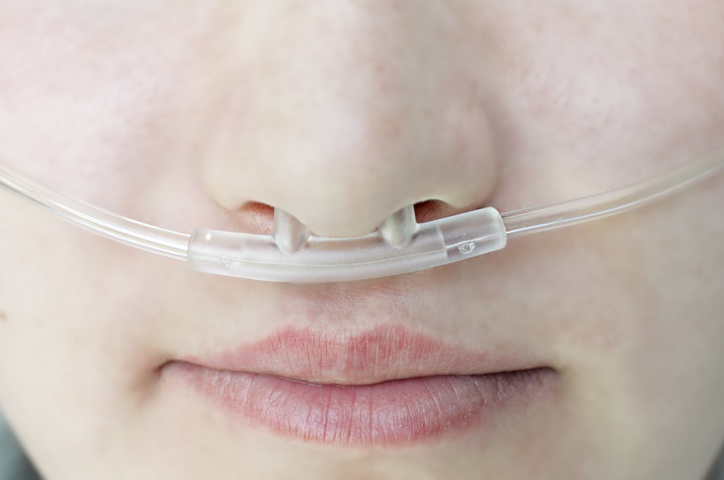Deep vein thrombosis is a condition that occurs when a blood clot forms within one of the veins deep within your body, usually in the legs. The biggest danger of deep vein thrombosis is that the blood clot could break off and travel to your lungs, leading to pulmonary embolism, which is a life-threatening condition.
DVT usually causes no symptoms, making it difficult to diagnose. However, it is a fairly common condition—the CDC estimates that as many as 900,000 people are affected by deep vein thrombosis each year in the United States, causing up to 100,000 annual deaths.
The exact cause of deep vein thrombosis is unknown. Blood clots can be caused by anything that prevents your blood from circulating or clotting as it should. However, there are certain factors that increase your risk of developing DVT.
Risk Factors
While they may not guarantee the development of DVT, there are some things that indicate its likelihood. Risk factors for deep vein thrombosis include:
- Prolonged bed rest: If you are in a hospital bed for a long period of time because of an accident, surgery, or paralysis, your legs will remain still for long periods. This means that your calf muscles are not contracting, which helps your blood circulate, and this will increase your risk of developing blood clots.
- Pregnancy: Being pregnant increases the pressure in the veins in your pelvis and legs, which will also increase your risk of developing blood clots. This risk can continue for up to six weeks after the baby is delivered.
- Smoking: Smoking negatively affects your blood’s circulation and ability to clot, which will increase your risk for deep vein thrombosis.
- Cancer: Some forms of cancer will increase the amount of certain substances in your blood that increase your risk of blood clots. Also, some cancer treatments will increase your risk of blood clots as well.
- Age: Though deep vein thrombosis can occur at any age, if you are over the age of 60, your risk of DVT will be significantly increased.
- Sitting for long periods of time: If you drive or fly often, this means your legs remain still for several hours and your blood doesn’t circulate normally. This can lead to blood clots forming in your calves since your calf muscles are not contracting as often as they should.
- Inflammatory bowel disease: There are certain bowel diseases, such as ulcerative colitis or Crohn’s disease that will increase your risk of deep vein thrombosis as well.
- Being overweight or obese: Similarly to being pregnant, this will also increase the pressure on the veins in your legs and pelvis.
- Personal or family history of DVT: If you or someone in your family has experienced DVT before, this will increase your risk of developing deep vein thrombosis in the future.
- Heart failure: Because people with heart failure already have limited function in the heart and lungs, people with this condition will have a greater risk of developing deep vein thrombosis.
- Birth control pills and hormone replacement therapy: These types of medications help increase your blood’s ability to clot.
- Inheriting a blood-clotting disorder: There are some conditions and disorders that make your blood clot more easily, but most of these inherited conditions will not cause problems unless they are combined with other risk factors.
- Injury or surgery: Undergoing surgical procedures or experiencing injury to your veins can increase your risk of blood clots.
Featured Image Source: DepositPhotos/© gl0ck







